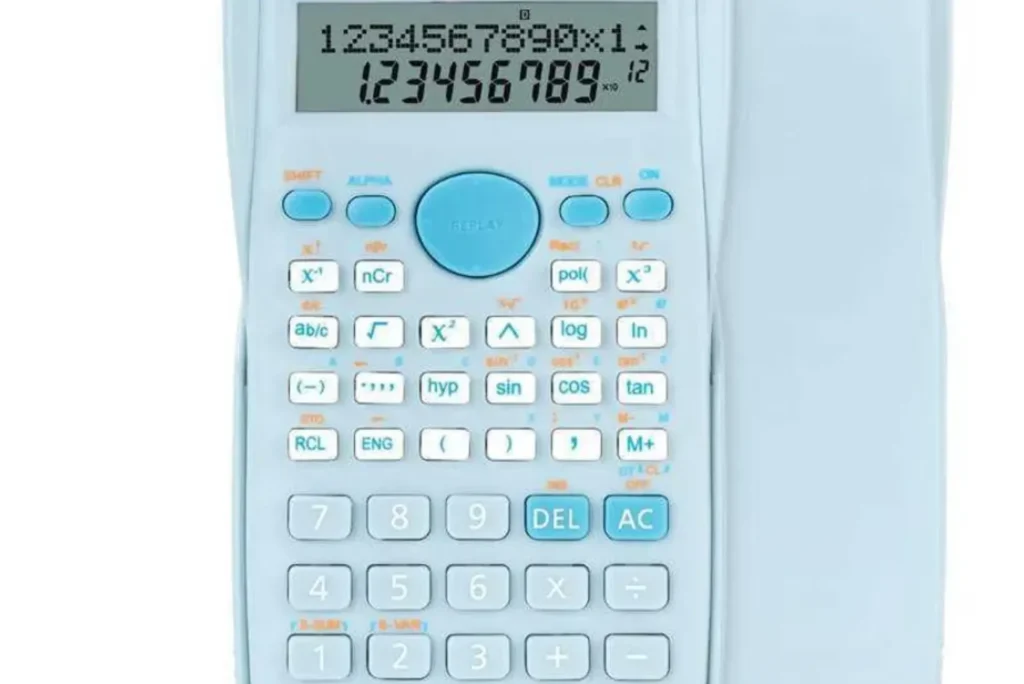The world of treasure hunting and exploration has always fascinated people, from hobbyists scanning beaches to professionals searching for buried relics or minerals. Among the many devices used in this field, long range metal detectors stand out for their unique ability to cover vast areas of ground without the need for close-range scanning. These tools are especially valuable in regions like deserts, fields, and open landscapes, where treasures or mineral deposits may be hidden deep underground.
As someone who has spent time researching and experimenting with detection technology, I’ve found that long range detectors are often misunderstood. Many people are curious about how they work, what their limitations are, and how they compare to standard detectors. Let’s dive into the details to clarify their role in modern treasure hunting.
What Makes Long Range Metal Detectors Different?
Most traditional metal detectors rely on electromagnetic fields to identify metallic objects beneath the surface. They require sweeping movements close to the ground, and their effective depth is usually limited to a few feet. Long range metal detectors, on the other hand, are designed to detect targets from significantly greater distances—sometimes hundreds of meters away.
These devices don’t simply “see” underground metals; instead, they combine advanced signal processing with directional locating technology. They allow users to pinpoint a direction first, and then narrow down the exact spot for excavation. This makes them especially valuable in wide search areas where close-range scanning would be time-consuming and exhausting.
The Role of Frequency and Signal Processing
The technology behind long range detectors often involves transmitting specific frequencies into the ground and analyzing how they interact with different types of metal. Gold, silver, and copper all respond differently to certain frequencies. By tuning into the right signal patterns, the detector can identify not only the presence of metal but also provide clues about the type.
Some advanced models can filter out interference from natural minerals, which is crucial in areas with high mineralization. Without this feature, detectors might constantly give false readings, frustrating treasure hunters.
Applications in Treasure Hunting and Exploration
Long range detectors are particularly popular among those searching for gold veins, ancient artifacts, or buried caches. Unlike recreational hobby detectors, these devices are built for serious expeditions. For example, professional explorers might use a long range system to scan an area of desert before deploying ground-penetrating tools for confirmation.
If you’re researching this technology, it’s worth exploring products in the long range gold locator category, as they are designed specifically for deep and wide detection tasks.
Understanding the “Iota” Long Range System
One product that has gained recognition in the industry is the Iota long range gold and metal detector. Unlike basic models, the Iota combines advanced long range locating with depth measurement, giving users not only the direction of a target but also its approximate depth.
From my research, what makes Iota notable is its balance between user-friendliness and professional-grade accuracy. It’s equipped with modern digital interfaces, clear signal feedback, and robust field capabilities, making it suitable for both experienced treasure hunters and ambitious beginners. For explorers who want to reduce wasted digging and improve efficiency, Iota represents a serious step forward in technology.
Real-World Use Cases
To put this into perspective, imagine searching a large desert site in the Middle East. A traditional handheld detector would require days, if not weeks, of scanning to cover every meter of land. A long range system, however, allows users to identify potential hot spots quickly. Once the direction is identified, you can move closer and verify the signal with a ground detector before digging.
This layered approach—using long range detection to locate targets and traditional detectors to confirm—saves both time and energy. It’s a strategy many professional explorers rely on to maximize results in the field.
Limitations and Considerations
Of course, no technology is perfect. Long range detectors are not magical tools that instantly reveal treasure. They require skill, patience, and practice to use effectively. Environmental conditions such as mineral-rich soil, electrical interference, and even weather can affect accuracy.
Additionally, users must understand that these detectors are best used in combination with other scanning tools. They are designed to provide direction and location clues, not exact pinpointing on their own. By keeping realistic expectations and applying the right methods, treasure hunters can get the most out of this technology.
Why Long Range Technology Matters
The appeal of long range metal detectors lies in their ability to open up new possibilities for exploration. In regions where legends of buried gold or ancient relics persist, these devices help narrow down vast territories into manageable search areas. They empower modern explorers to take on challenges that would otherwise seem overwhelming.
As technology continues to evolve, we can expect even more refined tools with improved accuracy, depth measurement, and filtering capabilities. For anyone passionate about treasure hunting, staying informed about these advancements can make the difference between frustration and success.
Final Thoughts
Long range metal detectors work by combining directional locating, frequency-based detection, and advanced signal processing to help treasure hunters scan vast areas with greater efficiency. While they aren’t a replacement for traditional detectors, they serve as a valuable first step in identifying promising search zones.
Devices like the Iota demonstrate how far the technology has come, offering a mix of practicality, precision, and innovation. For explorers in Dubai and beyond, embracing long range systems can make the adventure of treasure hunting both more efficient and more rewarding.







